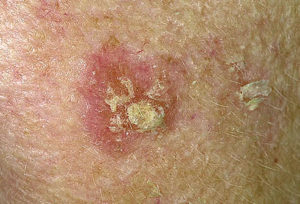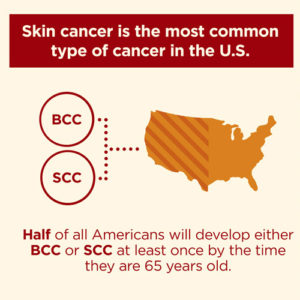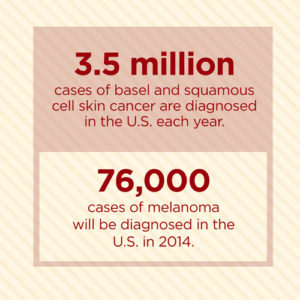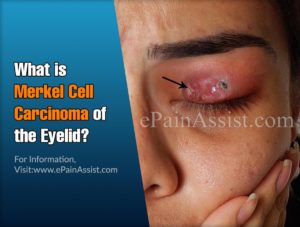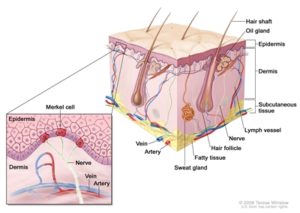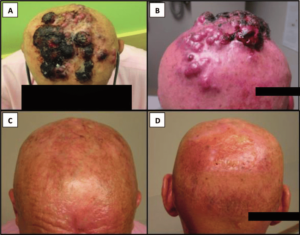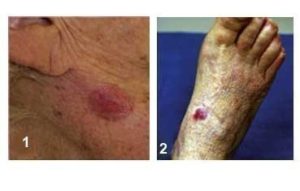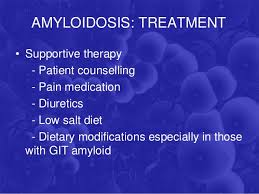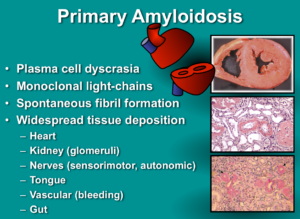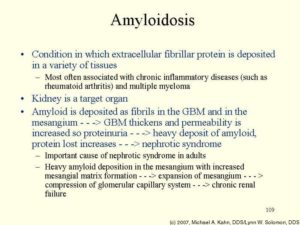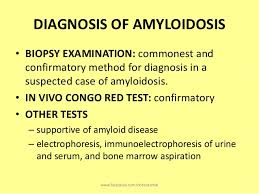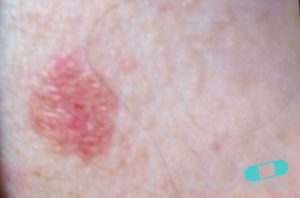 BASAL CELL CARCINONA
BASAL CELL CARCINONA
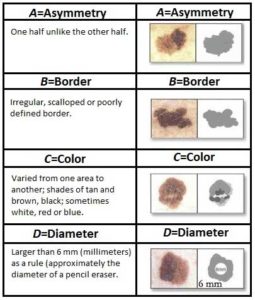
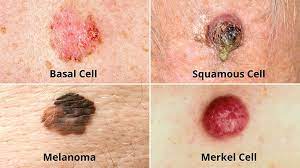
Skin cancer — the abnormal growth of skin cells — most often develops on skin exposed to the sun. But this common form of cancer can also occur on areas of your skin not ordinarily exposed to sunlight.
There are three major types of skin cancer — basal cell carcinoma, squamous cell carcinoma and melanoma.
You can reduce your risk of skin cancer by limiting or avoiding exposure to ultraviolet (UV) radiation. Checking your skin for suspicious changes can help detect skin cancer at its earliest stages. Early detection of skin cancer gives you the greatest chance for successful skin cancer treatment.
There are different types of skin cancer, which are:
1.Basal Cell Carcinoma
Basal cell carcinoma (BCC) is the most common form of skin cancer and the most frequently occurring form of all cancers. In the U.S. alone, an estimated 3.6 million cases are diagnosed each year. BCCs arise from abnormal, uncontrolled growth of basal cells. Basal Cell Carcinoma grows slowly, most are curable and cause minimal damage when caught and treated early.
Knowing the causes, risk factors and warning signs can help you detect them early, when they are easiest to treat and cure.
The risk factors of BCC are:
–UV exposure from the sun or indoor tanning.
-History of skin cancer, including squamous cell carcinoma (SCC) or melanoma
– Age over 50: Most BCCs appear in people over age 50.
-Fair skin: People with fair skin have an increased risk.
-Male gender: Men are more likely to develop BCC.
-Chronic infections and skin inflammation from burns, scars and other conditions.
Warning Signs can help with early detection and treatment, almost all basal cell carcinomas (BCCs) can be successfully removed without complications. Look out for any new, changing or unusual skin growths, so you can spot skin cancers like BCC when they are easiest to treat and cure.
IT’S A FACT 90% of nonmelanoma skin cancers (mainly BCCs and SCCs) are associated with exposure to UV radiation from the sun.
2. Melanoma
Melanoma is a type of cancer that usually begins in the skin. Specifically, it begins in cells called melanocytes. These are cells that produce melanin. Melanin is the pigment that gives skin, hair, and eyes their color.
Melanoma is among the most serious forms of skin cancer.
Melanoma is the deadliest type of skin cancer. It can be “in situ” which means that the cancer is confined to the top layer of skin, thus being highly curable. It can also be “malignant” which means that the cancer can spread to other parts of the body which significantly decreases the survivability rate. Melanoma in situ can grow to be malignant melanoma if not treated. The key to surviving melanoma is early detection, and especially before it becomes malignant. Melanoma caught in the early stages of its development is highly curable with a 97% survival rate.
Risk Factors of Melanoma are:
-Ultraviolet light exposure
-Moles
-Fair skin, freckling, light hair
-Family history of melanoma
-Personal history of melanoma or skin cancers
-Having a weakened immune response
-Being older
-Being male
-Xeroderma pigmentosum (XP): This is a rare, inherited condition that affects skin cells’ ability to repair damage to their DNA. People with XP have a high risk of developing melanoma and other skin cancers when they are young, especially on sun-exposed areas of their skin.
Again warning signs can count help with early detection and treatment this can be successfully removed without complications. Look out for any new, changing or unusual skin growths, so you can spot skin cancers like BCC when they are easiest to treat and cure.
IT’S A FACT Only 20-30% of melanomas are found in existing moles. While 70-80% arise on normal-looking skin.

